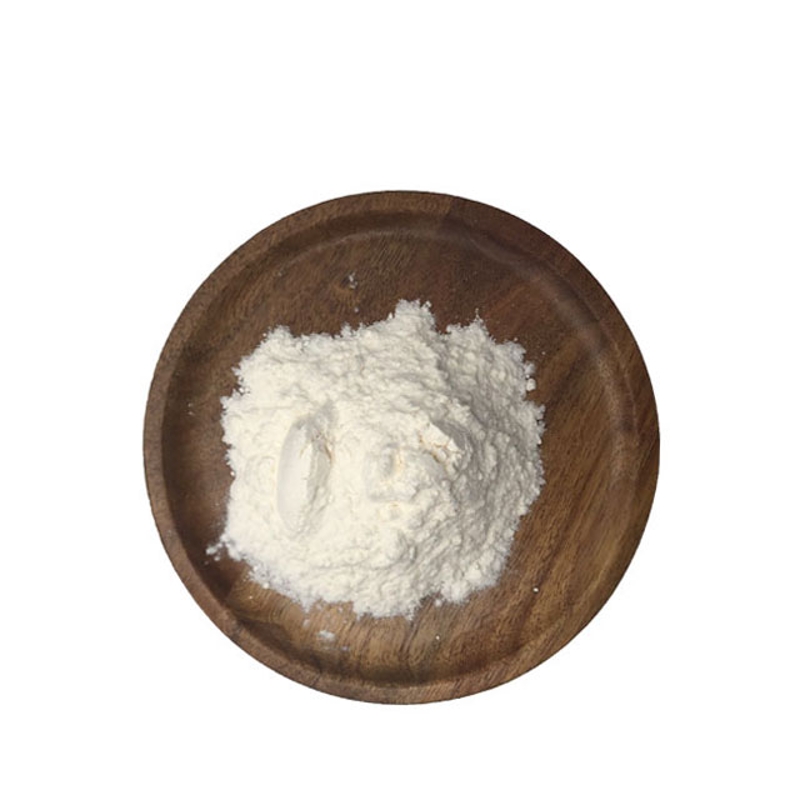-
Categories
-
Pharmaceutical Intermediates
-
Active Pharmaceutical Ingredients
-
Food Additives
- Industrial Coatings
- Agrochemicals
- Dyes and Pigments
- Surfactant
- Flavors and Fragrances
- Chemical Reagents
- Catalyst and Auxiliary
- Natural Products
- Inorganic Chemistry
-
Organic Chemistry
-
Biochemical Engineering
- Analytical Chemistry
- Cosmetic Ingredient
-
Pharmaceutical Intermediates
Promotion
ECHEMI Mall
Wholesale
Weekly Price
Exhibition
News
-
Trade Service
Laryngeal cancer is one of the most common malignant tumors of the head and neck, second only to lung cancer in the respiratory system
.
Among them, laryngeal squamous cell carcinoma (LSCC) accounts for about 85-95%
of all malignancies arising from the larynx.
LSCCs may present with lymph node metastases (LNMs) at diagnosis, particularly supraglottic carcinomas and other advanced LSCCs
.
The presence of LNM has a significant negative effect
on survival.
At present, CT is the most widely used imaging method for evaluating LSCC before treatment, with high efficiency and accuracy
.
MRI is often used as a complementary tool to address the rest of the problem, such as assessing cartilage invasion after the initial CT scan.
Radiological criteria for diagnosing LNM by CT and MRI are primarily based on general morphological features (nodule size, shape, and presence or absence of necrosis).
However, non-invasive identification of LNM according to morphological criteria is extremely challenging
.
In clinical practice, treatment decisions about the neck are often based not solely on imaging reports, but on empirical analysis
of the primary tumour stage, size, subsite, and phenotype.
It is widely accepted that if the risk of occult LNM exceeds 20%, the neck should be treated selectively by surgical resection or chemoradiation therapy
.
Overtreatment of the neck is very common in this clinical situation and may lead to a range of complications such as chylofistula, macrovascular injury, nerve damage, neck stiffness, etc
.
In addition, radiomics is emerging as a promising concept for personalized cancer treatment, providing better diagnosis, prognosis, and prognostic accuracy
in the clinic.
In fact, radiomics enables non-invasive decoding
of tumor heterogeneity by extracting and analyzing high-throughput quantitative features from traditional medicine images.
Previous studies have shown that radiomics has advantages
in LNM recognition for colorectal, gastric, and bladder cancers, among others.
To our knowledge, few studies have explored the performance
of CT radiology in predicting LNM for LSCCs.
A study published in the journal European Radiology evaluated a CT-based radiomics model that will combine radiomics and independent clinical risk factors to enable preoperative predictive assessment
of lymph node status in LSCC patients.
Patients with LSCC undergoing open surgery and lymphectomy at our institution were randomized 7:3 into primary and validation cohorts (325 vs.
139).
In the primary cohort, radiomics features were extracted from the entire intratumoral region on venous phase CT images, and radiomics features
were constructed by minimum absolute contraction and selection operator (LASSO) regression.
A radiomics model containing radiomics features and independent clinical factors was established by multivariate logistic regression and presented
in the form of nomograms.
The performance of nomograms was compared with clinical models and traditional CT reports to determine their discriminating power and clinical utility
.
Radiomics nomogram was tested
in-house in an independent validation cohort.
Radiomics features consisting of 9 stable features that correlate with LNM in both the primary and validation cohorts (both p <.
001).
In the primary cohort (AUC 0.
91 vs.
0.
84 vs.
0.
68) and validation cohort (AUC 0.
89 vs.
0.
83 vs.
0.
70), radiomics models containing LNM independent predictors (radiomics features, tumor subloci, and CT reports) were significantly better than clinical models or CT reports
.
Decision curve analysis confirmed that radiomics nomogram was superior to clinical models and traditional CT reports
.
The Tuverin plot shows the Rad-cores in the primary (a) and validation (b) queues
.
ROC curves (c) of radiomics features in primary and validation cohorts
In this study, we developed and validated a CT radiomics model that combines radiomic features and clinical factors, which facilitates the assessment of preoperative lymph node status of LSCC and can assist in the formulation
of personalized treatment plans for LSCC patients.
Original source:
Xingguo Zhao,Wenming Li,Jiulou Zhang,et al.
Radiomics analysis of CT imaging improves preoperative prediction of cervical lymph node metastasis in laryngeal squamous cell carcinoma.
DOI:10.
1007/s00330-022-09051-4







